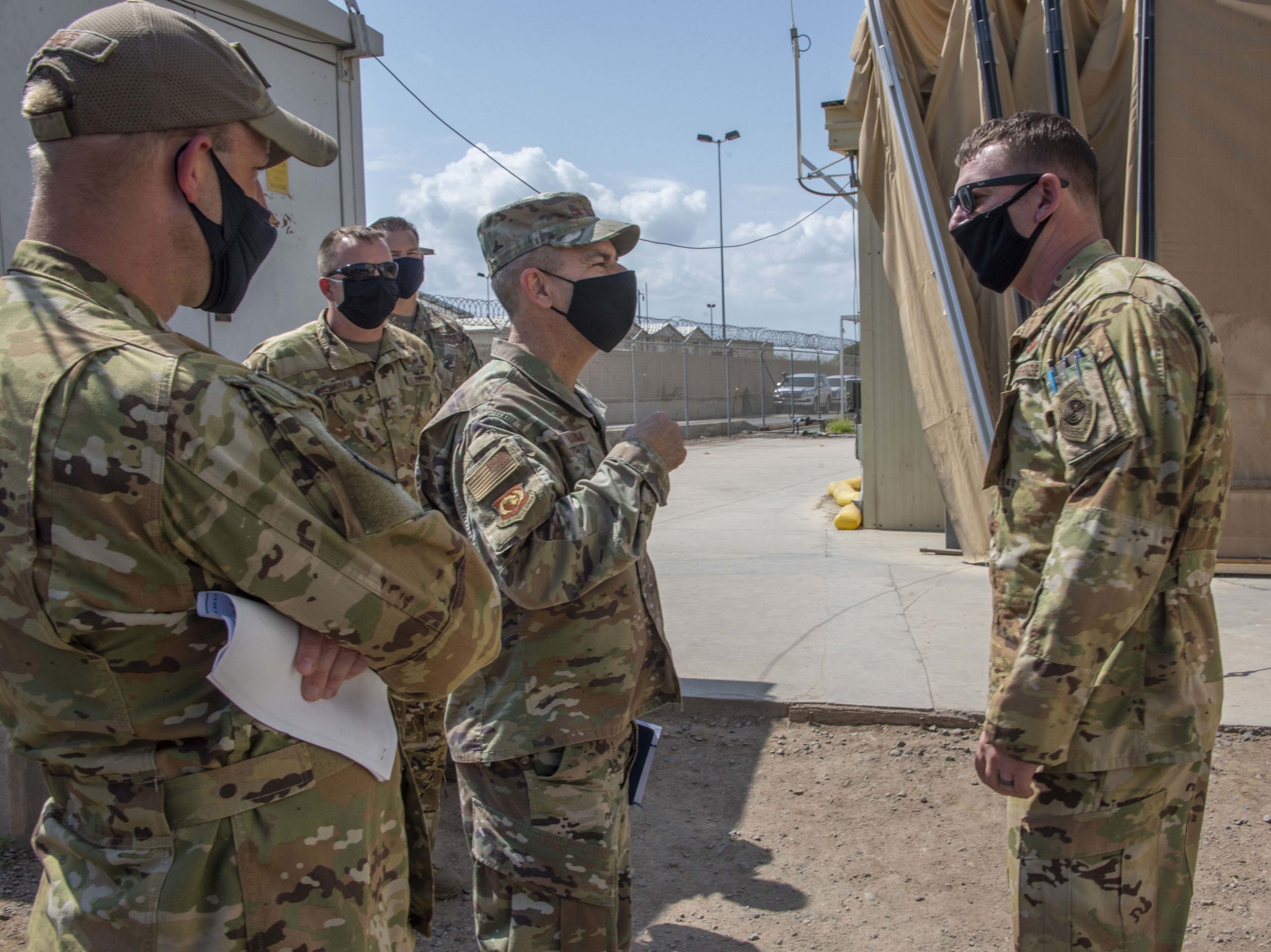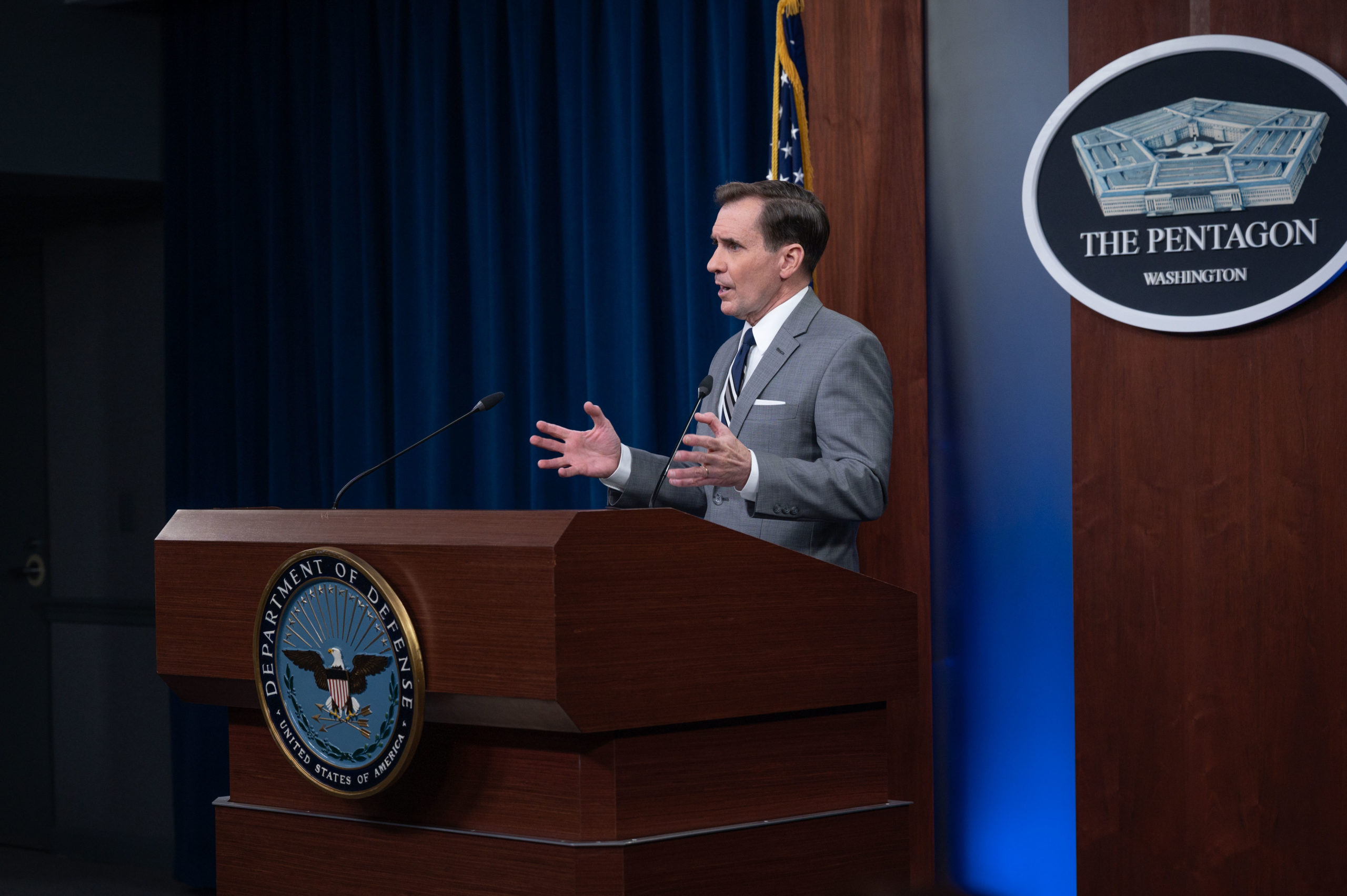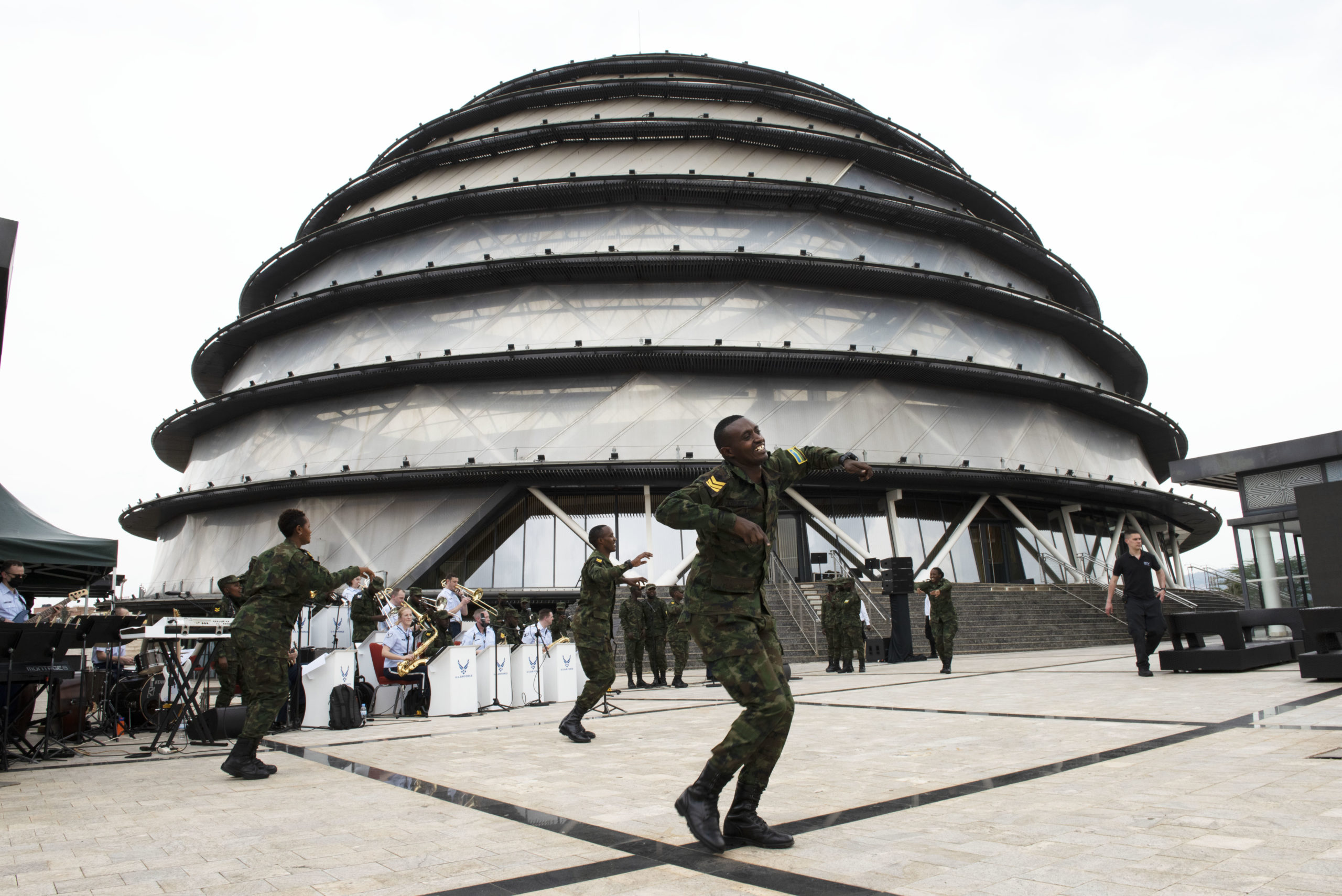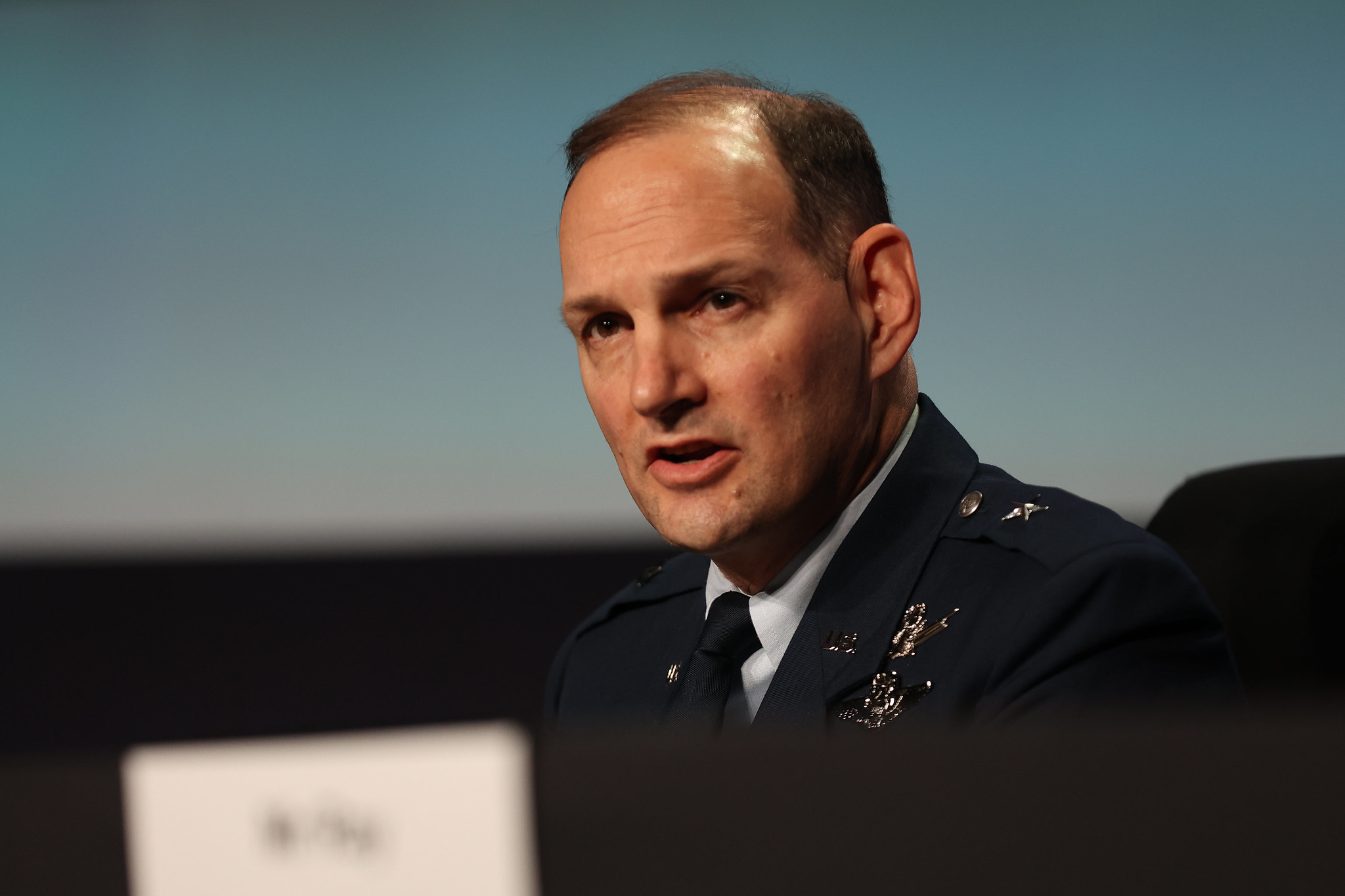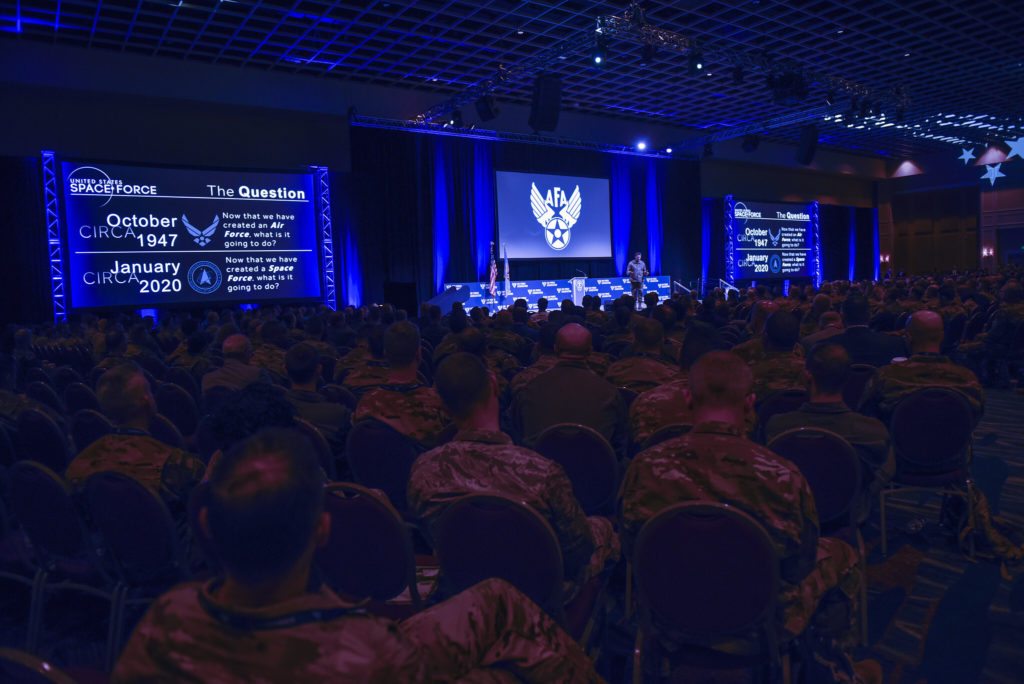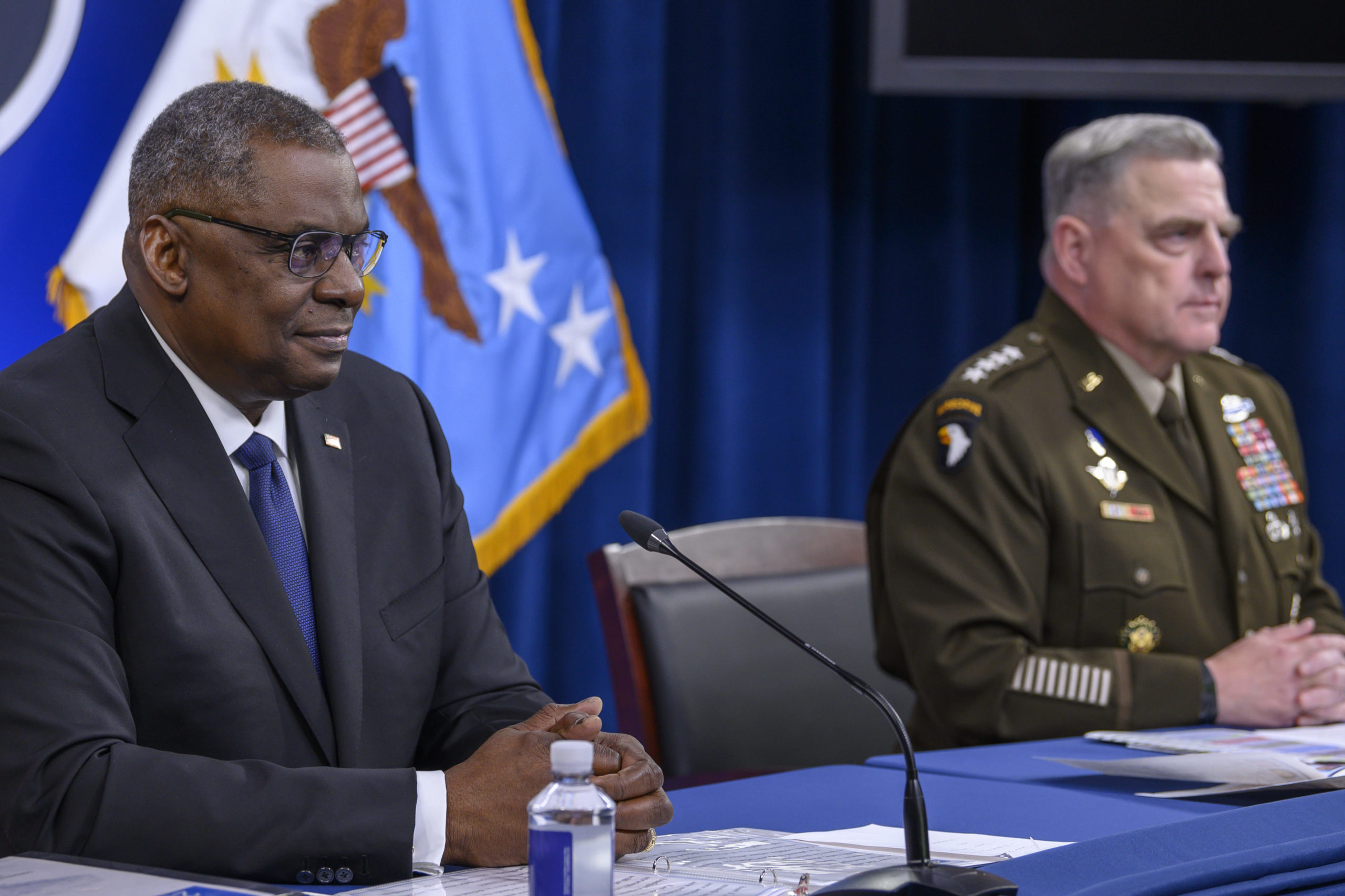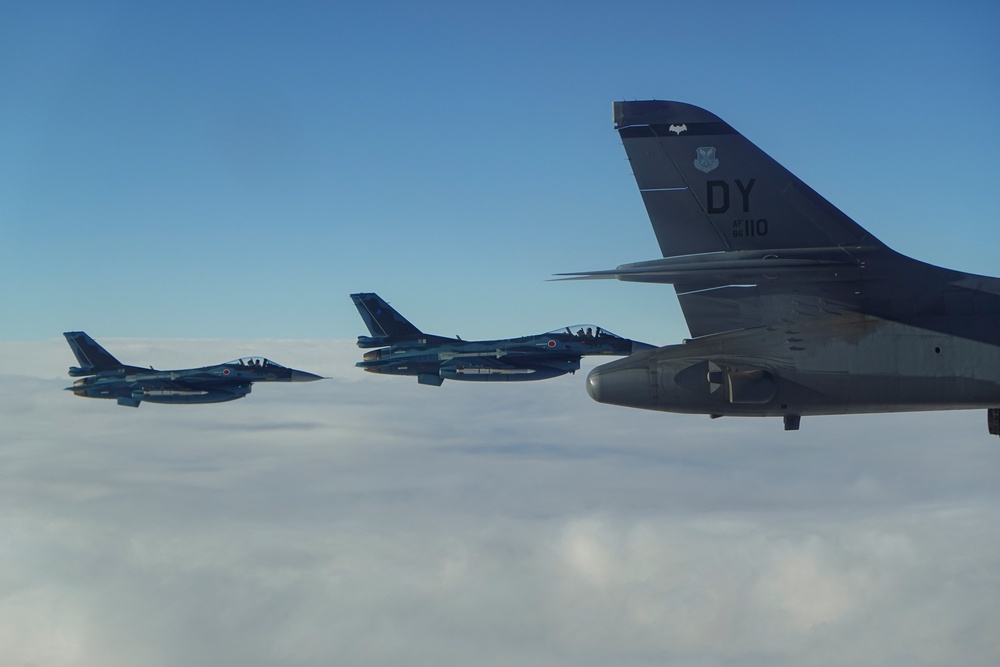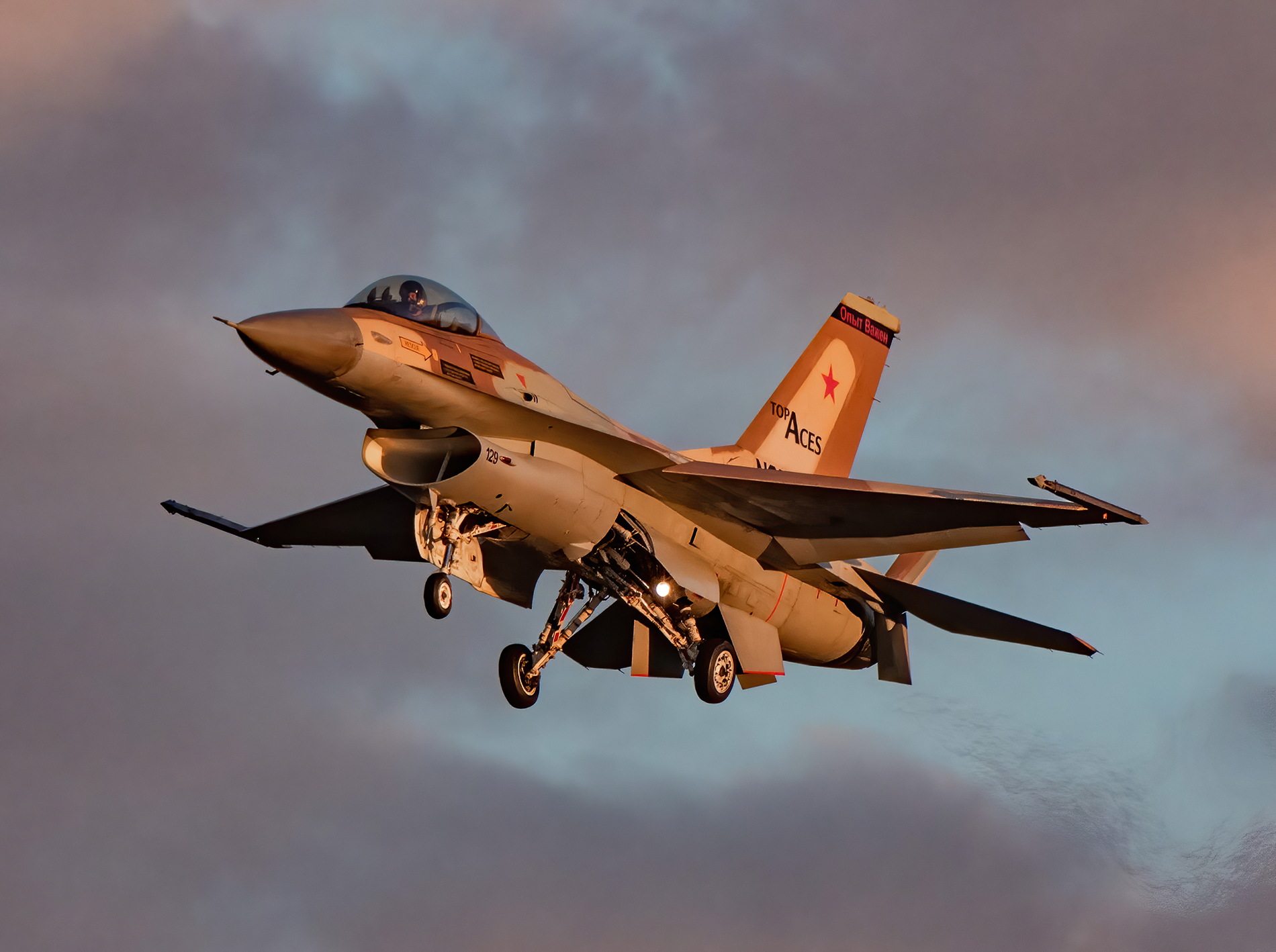The Federal Trade Commission is suing Lockheed Martin to block it from acquiring Aerojet Rocketdyne Holdings Ltd., saying the merger would unreasonably hamper competition and give Lockheed Martin access to inside information about Aerojet Rocketdyne’s other industry partners.
The FTC said its complaint “alleges that if the deal is allowed to proceed, Lockheed will use its control of Aerojet to harm rival defense contractors and further consolidate multiple markets crucial to national security and defense.”
The regulator noted that this is the first time “in decades” that it has sued to block a defense merger. The last such legal challenge was when in 1992 when it sued to block Alliant Techsystems from acquiring Olin Corp. Alliant dropped the merger.
If the Lockheed Martin board elects not to fight the FTC, company CEO James D. Taiclet said the $4.4 billion set aside for the merger would not simply accumulate. Some would probably go to research and development and some to capital improvements, but the company will also look at other opportunities for “mergers and joint ventures.”
“We’ll be working with our board over the next few days and weeks to make that determination,” Taiclet said.
However, Taiclet allowed that there are not many attractive opportunities right now, “so that leads you to share repurchase and dividend growth,” which is the path Lockheed Martin has been following.
“We don’t need to grow our cash balance,” he added. “We’re not just going to sit back … and let it grow. We’re going to reallocate it dynamically.”
He also cited benefits to integrating hypersonics work “vertically” within the company—”the propulsion and the glide body … with the full air system”—because “the more you can integrate that into one engineering organization, … the faster you can go” with a program’s development. But if the Aerojet deal falls through, “we can manage it as we do today, with a propulsion provider outside of Lockheed Martin.”
He added that “we thought we could have gotten the speed and efficiency increase by partial vertical integration of hypersonics” through the Aerojet acquisition, “but we can still manage it, no matter how that deal turns out.”
The FTC is trying to keep Lockheed Martin from “eliminating Aerojet, our nation’s last independent supplier of key missile inputs,” Bureau of Competition Director Holly Vedova said in a press release.
“If consummated, this deal would give Lockheed the ability to cut off other defense contractors from the critical components they need to build competing missiles,” she said. Without the pressure of competition, “Lockheed can jack up the price the U.S. government has to pay, while delivering lower quality and less innovation. We cannot afford to allow further concentration in markets critical to our national security and defense,” she said.
The move came after the FTC interviewed a number of “DOD-impacted stakeholders” and received DOD’s official assessment of the effects of the merger.
The FTC “determined that the proposed transaction harms competition for several weapon systems that DOD relies on,” Vedova said, “and there is no sufficient remedy to alleviate those harms.”
All major defense contractors rely on “critical propulsion technologies of the type supplied by Aerojet,” the FTC said.
Northrop Grumman is the only other contractor that can provide “propulsion inputs for missile systems and hypersonic cruise missiles,” such as scramjets and solid rocket motors, the FTC said. Further, “Aerojet is the only proven U.S. supplier of divert-and-attitude control systems” for missile defense kill vehicles, it said.
If Lockheed gained control over these capabilities, it could harm its competitors’ ability to compete with it, the FTC asserted.
“Specifically, the complaint alleges that the proposed acquisition would give Lockheed the ability to limit, or otherwise disadvantage, competitor’s access to critical propulsion inputs for various weapon systems.”
The combined company could also harm competitors “by affecting the price or quality of the product, the quality of the engineering support, and the schedule and contract terms for developing and supplying” such systems.
“As a contractor, Aerojet also has access to prime contractors’ sensitive information about technological advancements, cost, schedule, and business strategies,” the FTC alleges. “Post-acquisition, Lockheed would have an incentive to exploit its access to its rivals’ proprietary information to gain an advantage in competitions against them.”
The government in turn would pay unnecessarily higher prices for hypersonic missile and missile kill vehicles, while innovation and quality would suffer, the FTC said.
Innovation would also be hurt, according to the FTC, because, on its own, Aerojet would apply all its research and development dollars to the technologies in which it specializes. Under Lockheed Martin, “the combined firm would be incentivized to allocate Aerojet investment dollars for the combined firm’s benefit alone, which would stifle innovation.”
The FTC will file the action in the U.S. District Court of the District of Columbia for an immediate injunction against the merger proceeding, pending an administrative trial “scheduled to begin on June 16, 2022,” assuming Lockheed Martin continues to pursue the merger.
The planned merger would have consolidated Aerojet Rocketdyne under Lockheed Martin’s Space and Missiles and Fire Controls units.
Under the merger’s proffers, Lockheed Martin said it would agree to be a merchant provider of solid rocket motors to other contractors, much in the way Northrop Grumman agreed to be a merchant supplier of such products when it acquired Orbital ATK.
In December 2020, when the Lockheed-Aerojet merger was announced, Taiclet said he had consulted with Lockheed Martin’s “peer group” of defense contractors and expected little opposition from them, saying it wouldn’t take “much convincing” to get their approval. He said they would enjoy “more access” to Lockheed Martin products as a result of the merger.
The FTC was likely mindful, though, that Boeing declined to bid on the Ground Based Strategic Deterrent program, won by Northrop Grumman, saying Northrop Grumman’s vertical integration with Orbital ATK had created an insurmountable pricing advantage for the company.
Lockheed Martin’s merger with Aerojet Rocketdyne would give it a key role in the GBSD for upper-stage work.
Asked why Lockheed Martin’s merger with Aerojet Rocketdyne is objectionable while Northrop Grumman’s acquisition of Orbital ATK was not, FTC spokesperson Betsy Lordan said, “It was a different case with different companies and different product markets. In the Northrop/Orbital case, the harm to competition was resolved through a settlement that didn’t require blocking the transaction.”
Lordan said she could not say whether another company would face the same objections acquiring Aerojet Rocketdyne as Lockheed Martin, the No. 1 defense contractor. Merger cases “are very specific,” she said, and it is “impossible to speculate on whether the agency would have sought to block another potential acquirer of Aerojet.”

